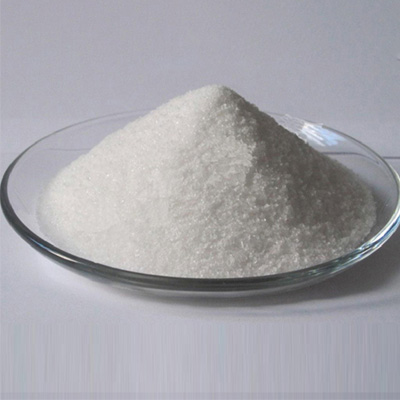What Are Water Treatment Chemicals?
The definition of a water treatment chemical can be given in two lines, however, this is not sufficient and would be arbitrary if done so. Let us briefly describe what makes us dependent on water treatment chemicals.
Millions of people without love, no one without water!" This oxygen molecule infused with dihydrogen forms the basis of all life forms on earth. Whether for cooking or basic hygiene needs, the role of water remains irreplaceable, as the entire human race depends on it for its survival.
It is estimated that around 3.4 million people in the world die each year because they do not have access to clean drinking water. Providing safe drinking water remains a global challenge that only chemistry can solve. As a boon to humanity, the chemical industry has come up with a variety of water treatment chemicals to improve access to clean drinking water.
What are water treatment chemicals?
The definition of a zinc kettle can be given in two lines, however, this is not sufficient and would be arbitrary if done so. Let us briefly describe what makes us dependent on water treatment chemicals.
At the same time, the need for safe and fresh water is increasing as a result of meeting human needs and supporting industrial activities. With increased urbanisation and economic development, the current water supply is struggling to meet the growing demand. As a result, the chemical industry has adopted innovative water treatment methods to make water available for end uses such as drinking, cooking, irrigation and industrial use.
Water treatment methods use four basic processes, including boiler water treatment, cooling water treatment, water purification and wastewater treatment. The substances removed in the water treatment process are suspended solids, viruses, fungi, bacteria, algae and minerals. The process includes both physical and chemical methods.

Polyacrylamide
What is Polyacrylamide?
Polyacrylamide(PAM) is water-soluble linear polymer with high degree of polymerization. It is soluble in water, insoluble in most organic solvents such as methanol, ethanol, acetone, ether, aliphatic hydrocarbons and aromatic hydrocarbons. Cationic polyacrylamide products and inorganic flocculants (polyferric sulfate, polyaluminum chloride, iron salts, etc.) have significant effects when used together.
Applications of Polyacrylamide
As a flocculant, it is mainly used in industrial solid-liquid separation processes, including sedimentation, clarification, concentration, and sludge dewatering processes. The applied industries are: urban sewage treatment, papermaking industry, food processing industry, petrochemical industry, metallurgical industry, beneficiation industry, dyeing industry and sugar industry, and wastewater treatment of other industries. It is also used in sludge sedimentation and sludge dewatering in the treatment of municipal sewage and meat, poultry, and food processing wastewater.
In the paper industry, it can be used as a paper dry strength agent, retention aid, and filter aid, which can greatly improve the quality of paper, save costs, and increase production capacity.
Cationic polyacrylamide can be used as a clarifier for mining wastewater and coal washing wastewater in the mining and coal preparation industries.
Anionic polyacrylamide products are water-soluble polymers, easily soluble in water, insoluble in general organic solvents such as benzene, ether, lipids, and acetone.
Embracing the future of the water treatment industry
The water treatment industry plays an important role in the global provision of clean water and the prevention of various water-related diseases. With innovative boiler water treatment chemicals and other related chemicals, water from the sea, polluted rivers and wastewater is now safe for human consumption.
You can also contact us for details of a water treatment chemical supplier near you.